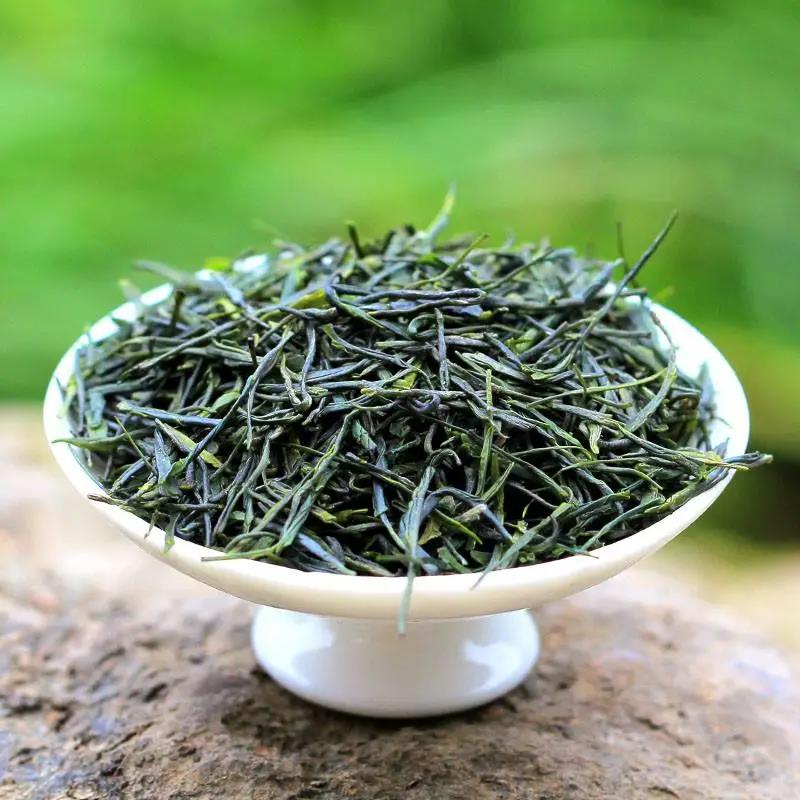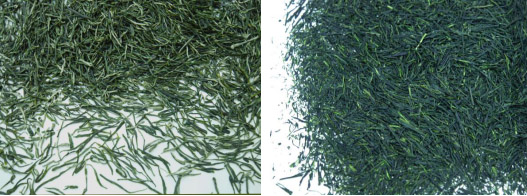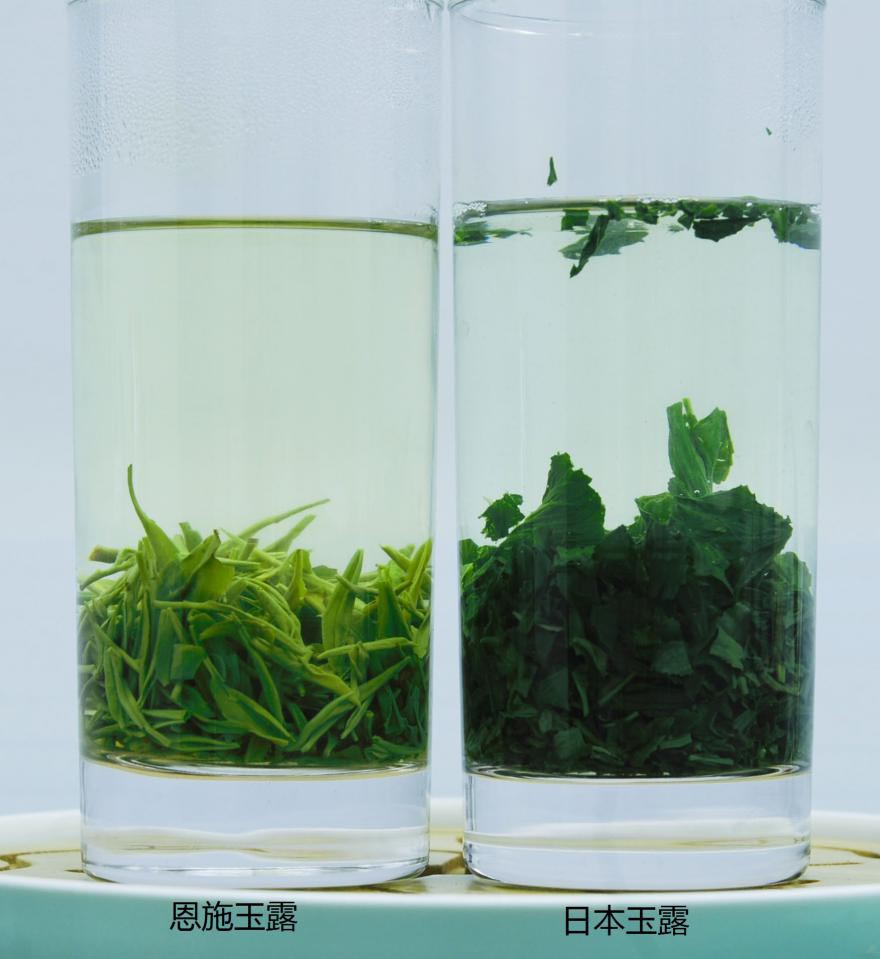
Chinese Enshi Jade Dew tea and Japanese Jade Dew (Sencha/Steamed Green Tea) both adopt the steaming technology. The Japanese Jade Dew processing method was firstly introduced to Japan from China, and the processing machinery and the technological process of Japanese Jade Dew evolve from the traditional manual process of Enshi Jade Dew and are the inheritance and development of the Chinese traditional tea processing method. There are not only relations but also differences between Enshi Jade Dew and Japanese Jade Dew.
Historical Origin
China Enshi Jade Dew is Chinese needle-shaped steamed green tea and is the only steamed green tea preserved in the Chinese history. The steaming technology of Enshi Jade Dew prevailed in the Tang Dynasty, its shape is created in the Qing Dynasty, and it became well-known in the Republic of China (1912-1949).
According to textual research, Enshi Jade Dew was developed by a tea merchant in Enshi during the reign of Emperor Qianlong of the Qing Dynasty and was called Yulu(Jade Green). Around 1900, due to the trade between China and Japan, Yulu(Jade Green) also arrived in Japan.
Cultivation Management and Picking of Tea Gardens
China Enshi Jade Dew is selected from the open-air tea gardens growing under the natural environment. After the tea trees stop growing, the tea trees are pruned, the tea gardens are closed, and overwintering base fertilizers are applied. The picking standard of Enshi Jade Dew spring tea should be one bud with one leaf or one bud with two leaves. The picking and processing requirements of Enshi Jade Dew are very strict, for example, the tea leaves should be picked by hand, and the tenderness, freshness, evenness, cleanliness and integrity of fresh leaves should be good.
The fresh leaf raw materials of Japanese Jade Dew come from the covered tea gardens. Sunshades such as straw and reed curtains are set up at the tea gardens 20 days before germination so as to block out the sunshine, and young sprouts are picked.
Processing technologies
China Enshi Jade Dew and Japanese Jade Dew are both made via steaming. The processing technologies are as follows:
China Enshi Jade Dew tea: fresh leaf spreading→steaming→blowing drying→gross fire baking→rolling→secondary gross fire baking→shaping and lustering→baking and sorting
Japanese Jade Dew tea: fresh leaf spreading→steaming→shaking baking→rotary rolling→second twisting→final twisting→baking and sorting
Their specific differences lie in the following aspects:
- The steaming time is different: The steaming time of Enshi Jade Dew is generally controlled within 40-50 seconds, while the steaming time of Japanese Jade Dew is shorter, about 15-20 seconds.
- Gross fire baking VS shaking baking
- The rollingdegree and time are different.
- Secondary gross fire baking is a unique process of Enshi Jade Dew.
- The technique of shapingis different.
Colour and lustre of dry tea
China Enshi Jade Dew tea: The dry tea is tight, even, smooth and straight in appearance, like pine needle with white fuzz on the surface, is dark green in color, and has a delicate fragrance or chestnut fragrance.
Japanese Jade Dew tea: The dry tea is flat, straight, green and bright in appearance, and is emerald green or dark green in color, is mostly fine and broken, is not high in leaf integrity, and is has a seaweed fragrance.

Brewing and drinking
China Enshi Jade Dew tea: The brewing temperature should be 80-85℃. The brewed tea leaves are complete, tender and bright. The tea infusion is light green and bright in color. The taste is refreshing, sweet and mellow. The tea has a delicate fragrance or floral fragrance which is clear, strong and long-lasting.
Japanese Jade Dew tea: The brewing temperature is lower, about 55℃. The brewed tea leaves are fine and broken, green and bright. The tea infusion is green. The taste is fresh and pure. The fragrance is somewhat like seaweed.



